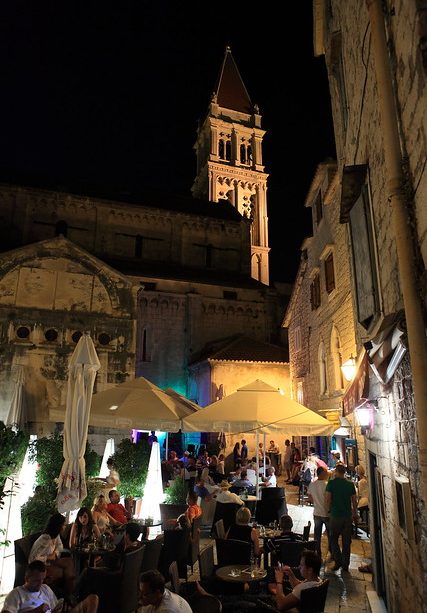Discovering the Fascinating Allure of Croatia

Introduction
Croatia, known for its breathtaking landscapes, historic architecture, and vibrant culture, has become one of the most sought-after travel destinations in Europe. With its stunning Adriatic coastline, UNESCO World Heritage sites, and rich traditions, Croatia offers a unique blend of natural beauty and historical significance. As travel restrictions ease and global tourism recovers, more people are looking to explore what Croatia has to offer.
Tourism Trends and Recent Events
In recent years, Croatia has experienced a significant increase in tourist numbers, particularly in its major cities like Dubrovnik, Split, and Zagreb. According to the Croatian National Tourist Board, over 20 million visitors flocked to the country in 2022, a notable recovery compared to the pandemic years. This year, new data suggests that 2023 may surpass those figures as more international travelers venture out to enjoy Croatia’s cultural festivals, outdoor activities, and scenic island hopping.
Various initiatives have been launched to promote sustainable tourism, focusing on preserving Croatia’s natural resources while accommodating the influx of visitors. Eco-friendly accommodations and guided tours have taken center stage, allowing tourists to engage more responsibly with Croatia’s rich environments. Noteworthy projects such as the ‘Green Croatia Initiative’ aim to ensure that tourism growth benefits local communities and maintains the integrity of the landscapes that attract so many.
Cultural Significance
Croatia’s historical richness is showcased through its many ancient cities and structures. The city of Dubrovnik, often referred to as the ‘Pearl of the Adriatic,’ is a UNESCO World Heritage site famous for its well-preserved medieval architecture. Split is home to the Diocletian’s Palace, a Roman relic that draws countless visitors year-round. These destinations not only highlight Croatia’s rich history but also contribute significantly to its economy.
Events such as the Dubrovnik Summer Festival and the Open Air Festival in the capital city Zagreb celebrate the nation’s artistic talents, offering tourists a glimpse into Croatian music, dance, and local cuisine. The mix of classical and contemporary art creates a vibrant cultural scene that appeals to a wide array of interests.
Conclusion
Croatia stands at a crossroads of tradition and modernity, making it a multifaceted destination for travelers. The ongoing recovery of its tourism sector post-pandemic, combined with a commitment to sustainable practices, positions Croatia as a leader in European tourism. With its enchanting landscapes and deep-rooted culture, the expectation is that Croatia will remain a top choice for tourists looking for authentic experiences in the heart of Europe. As people continue to explore the charm of this beautiful country, its significance on the global travel map is set to grow even stronger.









